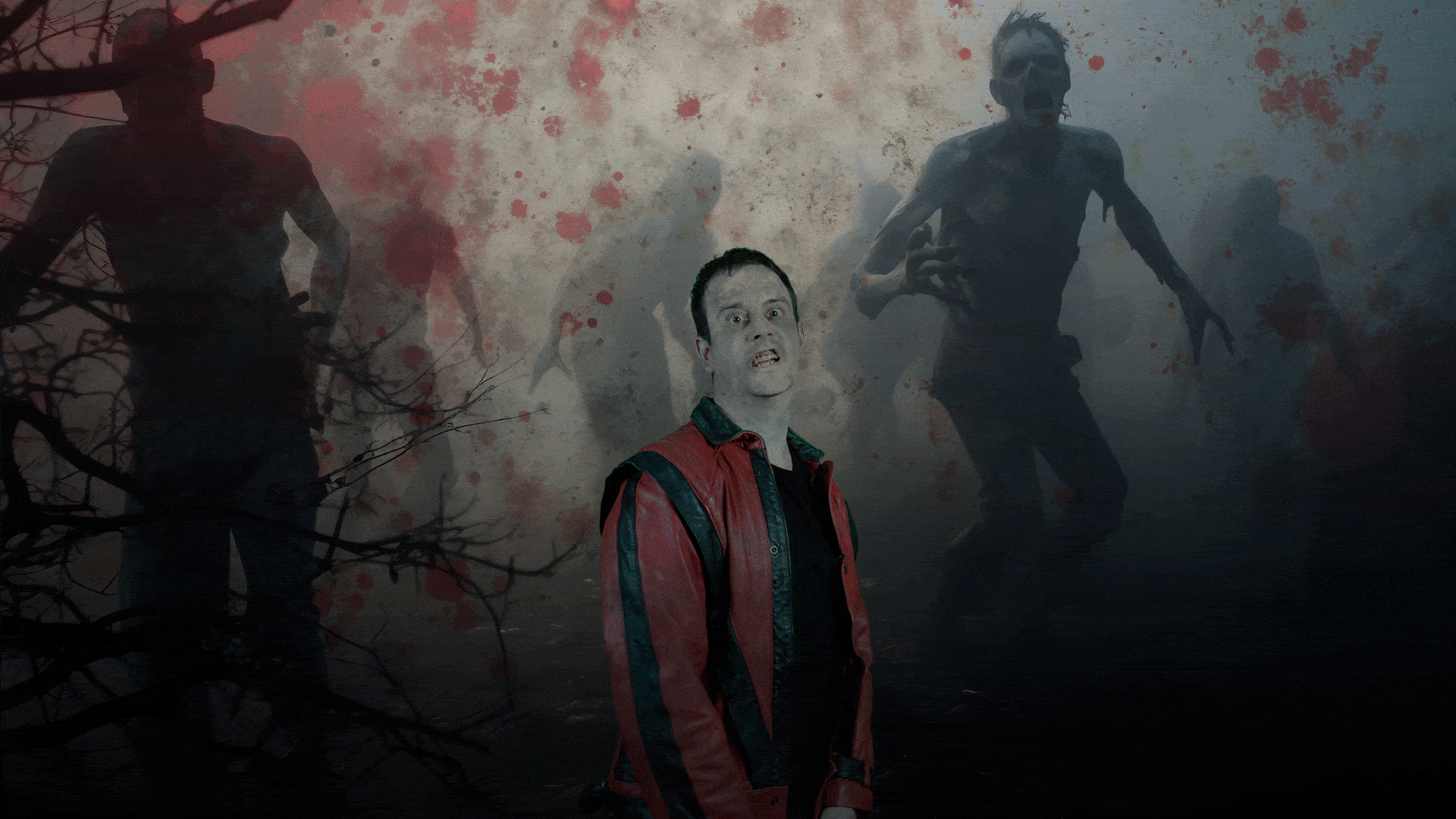Most of us have an account with one or more social media sites, but how do you behave on them? Do you come across in the same way on each of them, and do they all actually reflect the person you are when you’re offline.
A newly published study, conducted both at King’s College London and Pennsylvania State University, shows the extent to which people’s behaviour differs from one social media platform to the next. It might not be surprising to learn that most people are more likely to share their holiday snaps or a picture of their appetising-looking meal on Instagram or Facebook than they are on business-focused LinkedIn, but what might raise an eyebrow is that the team behind the study was able to take a profile image and description and identify which social media platform it was designed for with a 60-80% accuracy rate.
People also tend to change the way they look and act specially for social media. Under-25s, for example, like to show themselves as sulkier or moodier, with fewer of them smiling in their profile pictures than older users. Women who usually wear glasses often ditch them for their social media shot, and men are more likely to have pictures of their children in their profile picture than women.
It’s almost as though people are trying to come up with a perfect form of themselves, free of any of the flaws that their physical self has in the real world. This reminds me of some of what I know about early psychoanalysts and their views on idealisation and the self.
I’m no expert on psychoanalysis, other than studying a bit of it at university and taking a passing interest in what some of its founders said, but I have wondered a few times what they would have made of today’s social media, with everybody now given a platform and an audience.
The founder and most famous name in psychoanalysis is without doubt Sigmund Freud, and he is believed to be the first to discuss idealisation and how it fits in with narcissism. He believed that all children have a phase where they believe they are the centre of the universe, and constantly strive to win their parents’ approval and affection. Although this phase wanes away over time, elements of it remain in adulthood. How many of us can honestly claim that we don’t check how many likes, follows and shares our social media output is getting? Isn’t this just narcissism and a quest for acceptance?
Another well-known aspect of Freud’s work was the splitting of the human psyche into three systems: the id, ego and superego. In very simplistic terms, the id is the impulse-driven part of the psyche that has no regard for social morals. If you imagine a small child banging a bottle on a desk in a busy restaurant and shouting ‘I want milk’, that child is projecting their id, in that they think the rest of the world is just there to exist around them. They haven’t yet developed the superego part of their psyche, which controls their behaviour and teaches them that this kind of carry-on is socially unacceptable. The ego is the part of the psyche that tries to balance these two extremes.
How many people do you know who allow their id to control their social media conduct? Do you know somebody fairly quiet and unassuming who suddenly becomes boisterous behind a keyboard? Is social media a hive of ids, or does the superego come into play at times in that we sometimes hold back from posting something on social media because it might be taken in the wrong way?
Frenchman Jacques Lacan developed many of Freud’s theories, and alluded to idealisation in discussing how infants recognise their own reflection. His ‘mirror stage’ concept, and again I’m being simplistic here, introduces the idea of the ‘ideal ego’ (or ‘ideal-I’) on the other side of the mirror. This reflection has not entered the physical world, and has none of the imperfections that society and the world around it impose upon it.
We all have a perfect vision of ourselves that we strive to be, and that’s largely what we project on Facebook and suchlike. The negative attributes of who we are and what we do are rarely part of what we want to broadcast on the internet.
So, if you have that friend who seems to be constantly having a great time, out with friends, jet setting around the world and meeting superstars, remember that they’re only sharing the highlights of their life. That person also has to go to the toilet several times a day, and unblock their kitchen sink. They might be longing for an extra hour in bed, dreading their upcoming dental appointment, stressing over how they’re going to make it to their next payday with just £4.92 left in their bank account, or struggling to find the energy to do anything but watch daytime TV in their pyjamas.
But do they share any of this? Absolutely not! To do so would be ‘devaluation’, the stark opposite of the idealisation process these psychoanalysts spoke of.
- How to find a circular reference on Excel - May 23, 2024
- Five life skills learned from internet marketing - January 3, 2024
- How artificial intelligence can (and can’t) help you write content - September 29, 2023




